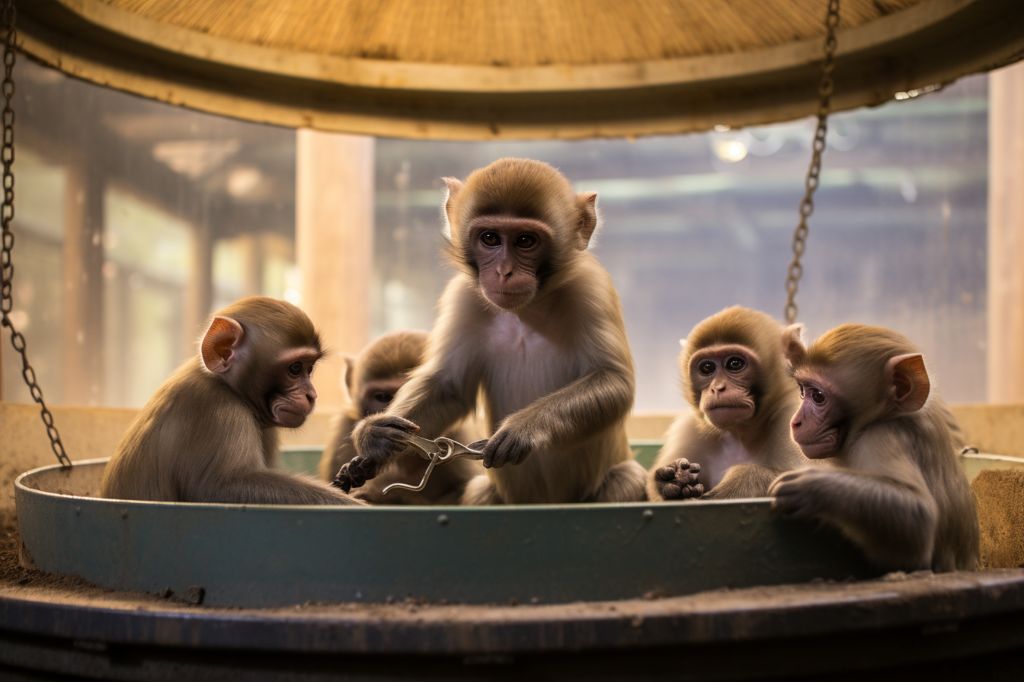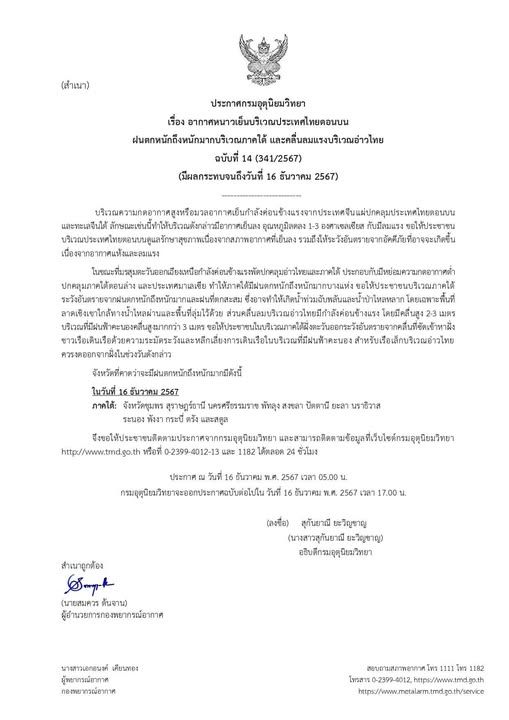Collaborative Effort to Manage Macaques in Phetchaburi
The Department of National Parks, Wildlife, and Plant Conservation (DNP) has joined hands with the Wildlife Friends Foundation Thailand (WFFT) in Tha Yang district of Phetchaburi to implement a prototype enclosure system. This effort aims to manage the macaque population in the region, especially those causing disturbances to local residents and tourists in the Khao Wang mountain area.
Innovative Enclosure Design
The enclosure spans 200 square meters and features low-voltage cables and 1.5-meter-wide aluminium plates installed along the top of the walls. These additions prevent the monkeys from escaping, ensuring they remain within the designated area. The design is based on a method that has been successfully used for managing monkey populations for over a decade.
Expansion and Further Development
Following the request of Phetchaburi governor Nattachai Nampoonsuksan to remove Kao Wang macaques from the protected wildlife list, the DNP has planned to develop and expand the prototype enclosure. The new unit will be installed at the 300-rai Huai Sai Wildlife Breeding Station in Cha-am district of Phetchaburi, providing a home for at least 300 monkeys initially.
Although the DNP had considered using an area on Koh Leum in Prachuap Khiri Khan for the project, the Royal Thai Army denied the request due to the island’s restricted use for security missions.
Collaboration with Wildlife Friends Foundation Thailand
The DNP plans to sign a memorandum of understanding with WFFT chairman Edwin Wiek to construct the enclosure. This collaboration is expected to help manage the rapidly growing macaque population nationwide.
Additional Monkey Management Projects
Besides the prototype enclosure, the department will also work on another monkey management project in Phetchaburi, receiving financial support from provincial authorities. This multifaceted approach aims to address the challenges posed by the increasing macaque population in the area effectively.




